Colored roofing sheets are a popular choice for modern buildings, offering not only aesthetic appeal but also excellent durability, weather resistance, and cost-efficiency. In this guide, we’ll dive deep into the world of colored roofing sheets, covering everything from materials and manufacturing processes to benefits, installation tips, and the best models on the market.
We’ll also explore specific types of colored roofing sheets, how they’re made, the metals involved, and their application across various projects. This detailed guide will help you make the right choice for your next roofing project, whether you’re a homeowner, builder, or DIY enthusiast.
Overview of Colored Roofing Sheets
Colored roofing sheets are essentially metal or plastic sheets that are pre-coated or painted with a range of colors. These sheets are designed for various roofing needs, including residential homes, industrial buildings, and commercial properties. Their key benefits are durability, weather resistance, aesthetic flexibility, and the ability to reflect sunlight, thus improving energy efficiency in buildings.
There are several types of colored roofing sheets based on the material used (e.g., aluminum, steel, or PVC), the color coating process, and the design (corrugated or flat). They also come in different thicknesses, profiles, and finishes depending on the requirements of the building and environment.
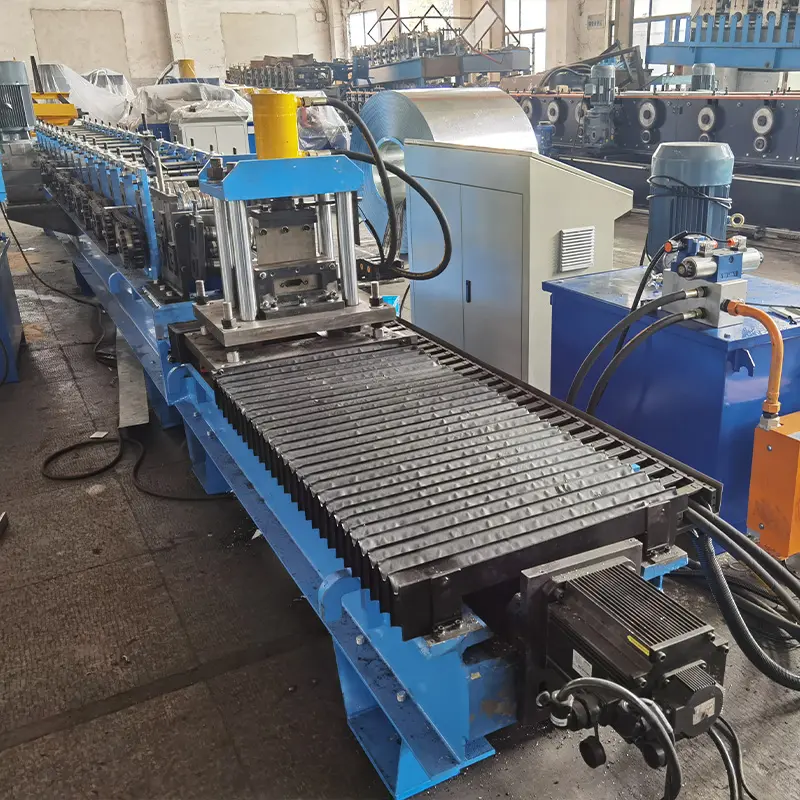
What Are Corrugated Iron Sheets?
Corrugated iron sheets, commonly used in colored roofing sheets, are made from thin metal sheets that have been corrugated, or folded, into a wave-like pattern to increase their structural strength. This corrugation also helps with water runoff, making them ideal for areas that experience heavy rainfall. These sheets can be painted or coated in various colors, offering both aesthetic and functional advantages. Corrugated roofing sheets are typically used in both residential and industrial settings due to their strength and longevity.
Types of Colored Roofing Sheets
Choosing the right type of colored roofing sheet depends on factors like the material used, the coating, and the specific requirements of your project. Here’s a closer look at some of the most popular options:
| Type | सामग्री | 描述 |
|---|---|---|
| Color-Coated Steel | Steel with Zinc/Alu | Made from galvanized steel, these are coated with an alloy of aluminum and zinc for enhanced protection against corrosion and rust. They’re known for durability. |
| Aluminum Sheets | Pure Aluminum | Lightweight and resistant to corrosion, aluminum sheets are ideal for coastal areas where salty air can cause rapid deterioration of other metals. |
| Galvalume Sheets | Steel + Zinc-Aluminum | A hybrid of aluminum and zinc, these sheets provide exceptional resistance to weathering and rust, making them a long-lasting choice. |
| Fiberglass Sheets | Fiberglass | These are non-metallic, translucent sheets often used in industrial settings where both lighting and durability are crucial. |
| PVC Sheets | Polyvinyl Chloride | Light, corrosion-resistant, and affordable, these are perfect for temporary shelters or structures. They’re not as durable as metal alternatives but cost-effective. |
| Polycarbonate Sheets | Polycarbonate | These sheets offer high impact resistance and UV protection, making them an excellent choice for greenhouse roofing or skylights. |
| Tin Roofing Sheets | Tin-Plated Steel | A classic choice that’s been used for decades, tin sheets are resistant to rust and lightweight, though not as common as modern alternatives like aluminum or galvalume. |
| Stone-Coated Steel | Steel with Stone Granules | These are premium roofing sheets that provide the durability of metal with the aesthetic appeal of stone tiles. They are ideal for high-end residential projects. |
| Copper Sheets | Pure Copper | Known for its long lifespan and elegant patina, copper is often used in architectural projects where appearance and durability are paramount. |
| Zinc Sheets | Pure Zinc | Lightweight and durable, zinc sheets develop a natural patina over time, making them a popular choice for eco-conscious building projects. |
Each of these materials offers unique benefits, so the choice depends on your specific roofing needs, climate, and budget.
How Colored Roofing Sheets Are Manufactured
The manufacturing process for colored roofing sheets involves several steps to ensure they’re both durable and aesthetically pleasing. Let’s break down the process:
- Material Selection: The first step involves selecting the base material—usually steel, aluminum, or zinc. The type of material chosen impacts the sheet’s weight, durability, and cost.
- Corrugation (If Required): In some cases, the metal sheets are corrugated to improve their strength and water runoff capabilities. Corrugation is common for steel and aluminum sheets.
- Coating: A protective coating is applied to the sheets to prevent corrosion and improve longevity. This can be galvanization (for steel sheets), an aluminum-zinc alloy, or a polymer-based paint.
- Color Application: Next, the sheets are either pre-painted or color-coated using a coil coating process. This ensures that the color is applied evenly and adheres well to the material. Color choices can vary depending on the manufacturer and the client’s specifications.
- Cutting and Shaping: Once coated and painted, the sheets are cut into the desired shapes and sizes, based on the roofing design. This can include corrugated profiles, trapezoidal designs, or flat sheets.
- Quality Control: Finally, the sheets undergo rigorous testing for durability, color consistency, and corrosion resistance before they are packaged and shipped to the customer.
Key Components and Their Functions in Colored Roofing Sheets
| Component | Function |
|---|---|
| Base Material (Steel, Aluminum, Zinc) | Provides the core structural strength of the roofing sheet. |
| Protective Coating (Galvanization, Alu-Zinc) | Shields the base material from rust and corrosion, extending the lifespan of the sheet. |
| Color Coating (Polymer, Powder Paint) | Offers both aesthetic appeal and additional protection against UV rays, weather, and scratches. |
| Corrugation or Profile Design | Enhances the structural integrity of the sheet and improves water drainage on sloped roofs. |
| Fasteners (Screws, Nails) | Secure the roofing sheets to the structure, ensuring they remain in place even under extreme weather. |
-
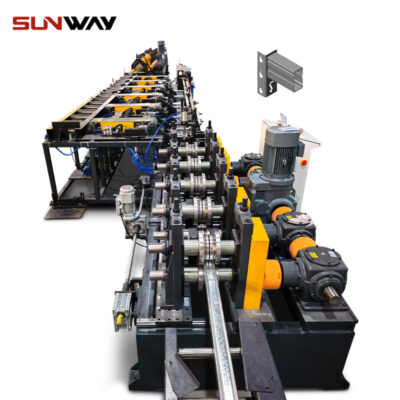 Storage Rack Shelf Box Panel Making Machine Steel Storage Rack System Box Beam Roll Forming Line
Storage Rack Shelf Box Panel Making Machine Steel Storage Rack System Box Beam Roll Forming Line -
 वाइनयार्ड पोस्ट रोल बनाने की मशीन
वाइनयार्ड पोस्ट रोल बनाने की मशीन -
 ऑटो आकार बदलने योग्य सिग्मा शहतीर रोल बनाने की मशीन
ऑटो आकार बदलने योग्य सिग्मा शहतीर रोल बनाने की मशीन -
 ऑटो आकार बदलने योग्य CZ शहतीर रोल बनाने की मशीन
ऑटो आकार बदलने योग्य CZ शहतीर रोल बनाने की मशीन -
 ऑटो आकार बदलने योग्य Z शहतीर रोल बनाने की मशीन
ऑटो आकार बदलने योग्य Z शहतीर रोल बनाने की मशीन -
 ऑटो आकार बदलने योग्य घन शहतीर रोल बनाने की मशीन
ऑटो आकार बदलने योग्य घन शहतीर रोल बनाने की मशीन -
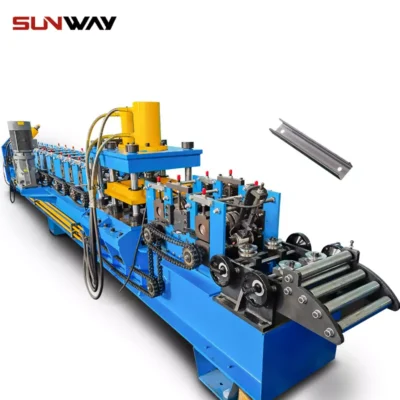 सी सेक्शन ब्रेसिंग ओमेगा स्टोरेज रैक अपराइट पोस्ट रोल बनाने की मशीन
सी सेक्शन ब्रेसिंग ओमेगा स्टोरेज रैक अपराइट पोस्ट रोल बनाने की मशीन -
 स्टील बॉक्स प्लेट रोल बनाने की मशीन बनाना
स्टील बॉक्स प्लेट रोल बनाने की मशीन बनाना -
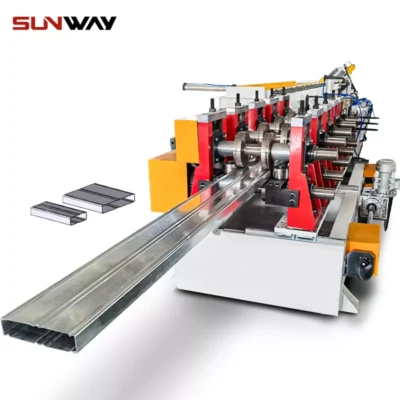 शेल्फ कॉलम के लिए बॉक्स बीम स्टील रोल बनाने की मशीन
शेल्फ कॉलम के लिए बॉक्स बीम स्टील रोल बनाने की मशीन
Machine Speed and Efficiency in Roofing Sheet Production
| Machine Type | Maximum Speed | Efisiensi |
|---|---|---|
| रोल बनाने की मशीन | 20-30 meters/min | High, due to continuous production. |
| Coil Coating Line | 100 meters/min | High, color application happens in one pass. |
| Corrugation Machine | 15-25 meters/min | Moderate, depends on the thickness and material type. |
Customized Mechanical Parameters for Colored Roofing Sheets
| Parameter | 定制选项 |
|---|---|
| Sheet Thickness | Available from 0.4mm to 1.2mm, depending on the project’s requirements. |
| Color Coating Thickness | Varies between 20-35 microns, providing different levels of UV protection. |
| 型材设计 | Custom profiles available for architectural or functional purposes. |
| Sheet Length | Can be cut to custom lengths based on roof dimensions. |
Applications and Uses of Colored Roofing Sheets
| आवेदन | 描述 |
|---|---|
| Residential Roofing | Common in homes for their durability, aesthetic appeal, and weather resistance. |
| Industrial Buildings | Ideal for warehouses, factories, and storage units due to their strength and low maintenance needs. |
| Commercial Properties | Used for shopping malls, office complexes, and more, offering a balance between appearance and function. |
| : Provide support and stability for roofs against loads and weather. | Often used in barns, sheds, and farmhouses because of their corrosion resistance and long lifespan. |
| Greenhouses | Polycarbonate and fiberglass sheets allow light transmission while providing insulation. |
| Temporary Structures | PVC sheets are frequently used for low-cost, temporary shelters due to their affordability and ease of installation. |
Installation, Operation, and Maintenance of Colored Roofing Sheets
| Stage | Instructions |
|---|---|
| Installation | Secure the sheets with proper fasteners, ensuring adequate overlap between sheets to prevent leaks. |
| Operation | Ensure that the sheets are properly sealed at the edges to prevent water penetration and that ventilation is provided. |
| Maintenance | Regularly inspect for any rust or damage, especially around fasteners, and replace or repair as needed. |
Suppliers and Price Range for Colored Roofing Sheets
| Supplier | Price Range (per square meter) |
|---|---|
| ABC Roofing Co. | $10 – $25 (depends on material and coating type) |
| Global Metal Sheets | $12 – $30 (higher-end sheets like galvalume and stone-coated) |
| EcoRoof Supplies | $8 – $20 (economical options like PVC and fiberglass) |
Pros and Cons of Colored Roofing Sheets
| 优势 | Limitations |
|---|---|
| Durability | May require specific installation techniques to ensure longevity. |
| Aesthetic Variety | Color may fade over time without proper maintenance. |
| 能效高 | Initial cost can be higher than traditional roofing materials. |
| Weather Resistance | Heavier materials may require stronger structural support. |
| 低维护 | Certain materials, like PVC, can be less durable than metal options. |
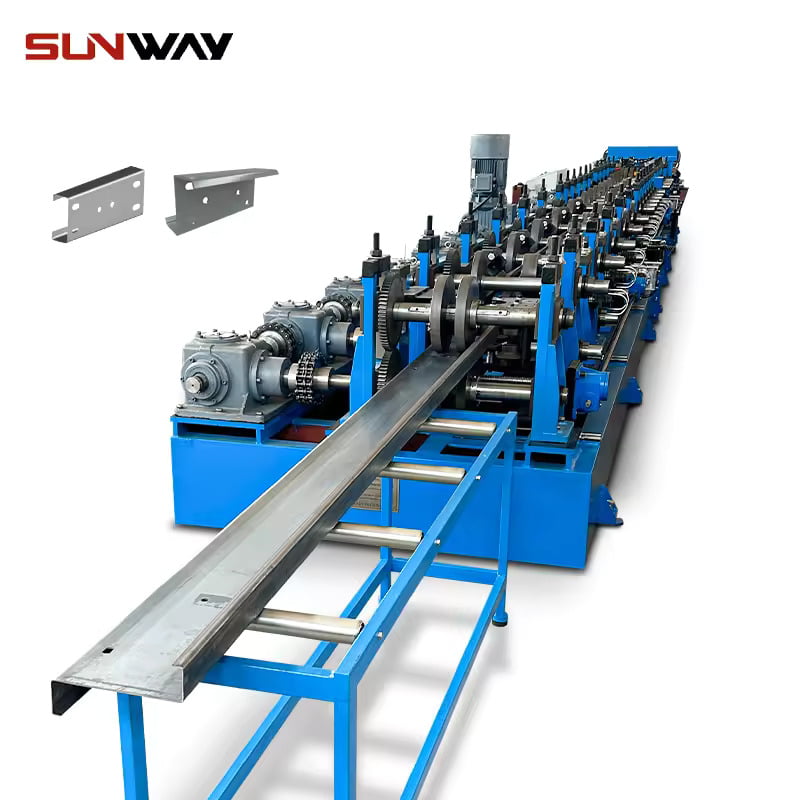
निष्कर्ष
Colored roofing sheets are a versatile and attractive option for a wide range of building applications. Whether you prioritize aesthetics, durability, or energy efficiency, there’s a colored roofing sheet that can meet your needs. With various materials, profiles, and colors to choose from, you can find the perfect match for your project.
Make sure to consider all the factors discussed in this guide when selecting your colored roofing sheets, and don’t hesitate to reach out to suppliers for samples and further information. The right roofing choice can enhance your property’s value and functionality, making it a worthwhile investment.
सामान्य प्रश्न
| Question | Answer |
|---|---|
| What are the most common materials for colored roofing sheets? | The most common materials include galvanized steel, aluminum, and PVC, each offering different benefits. |
| How long do colored roofing sheets last? | Depending on the material and maintenance, they can last anywhere from 20 to 50 years or more. |
| Are colored roofing sheets energy-efficient? | Yes, many colored sheets can reflect sunlight, helping to keep buildings cooler and reduce energy costs. |
| Can I install colored roofing sheets myself? | While DIY installation is possible, professional installation is recommended for best results and longevity. |
| What colors are available for roofing sheets? | The color options are virtually endless, with standard colors like red, blue, green, and custom shades available. |
